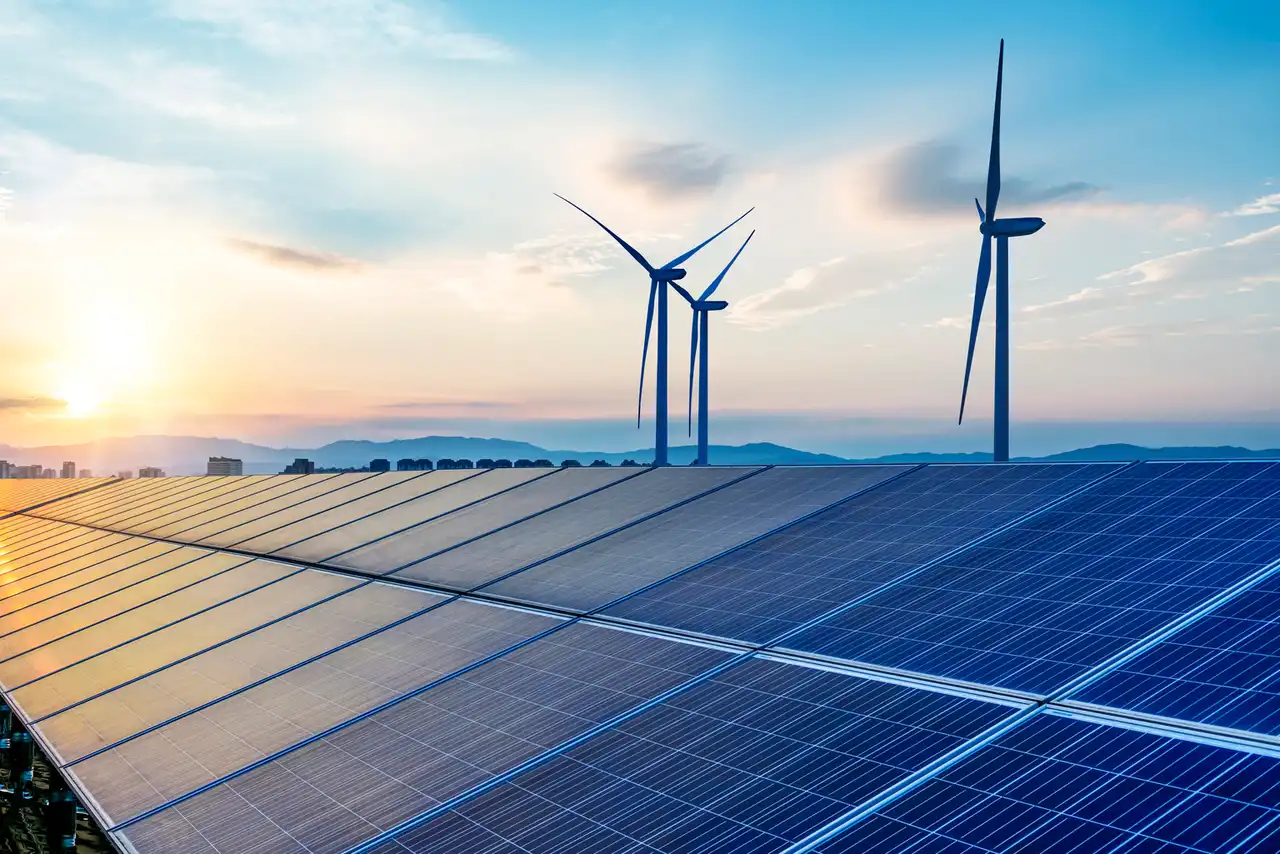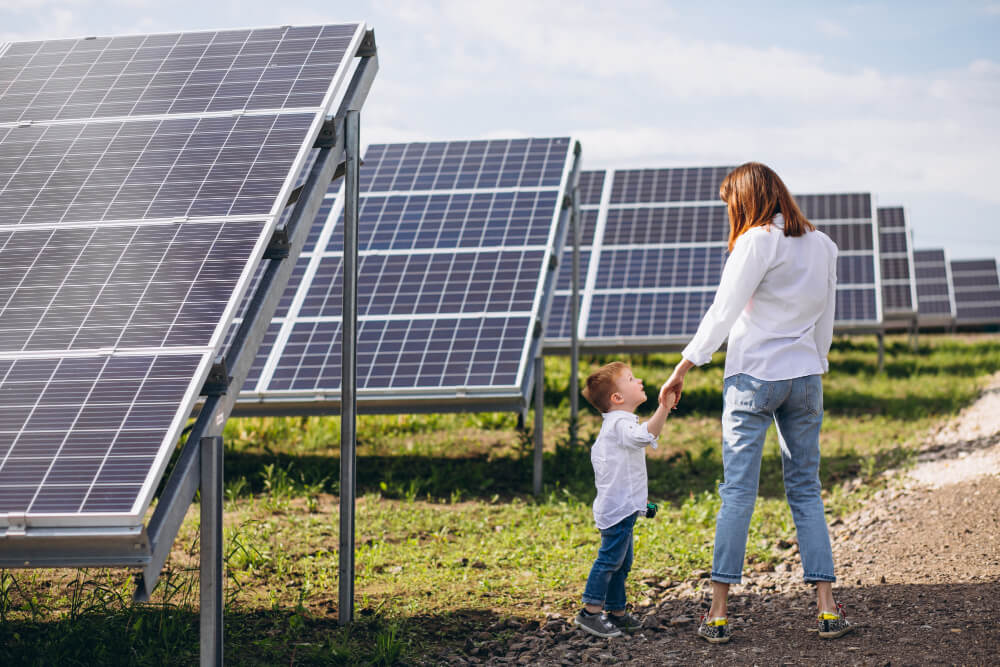How many solar panels are required for a typical home? How many solar panels will I need for a house with three bedrooms? I need to install how many solar panels on a 2000 square foot home. All of these concerns are typical ones for prospective solar homeowners. Knowing your objectives can help you determine how many solar panels you’ll need for your house.
Want to reduce your carbon footprint as much as possible? maximise your investment’s return? Try to save as much money as you can.
Knowing these factors can help you determine how many solar panels you need:
- Typical energy needs you have
- Your daily energy consumption, in watts
- The local weather and amount of sunshine
- Your considerations for solar panel efficiency
- The dimensions of the solar panels you’re thinking about
Consulting a qualified solar installer, who can provide you with a free home solar evaluation, is one straightforward approach to find the answer to the question “How many solar panels do I need?”

How much solar power will you need?
Examine previous utility bills to figure out your home’s typical energy use. The number of solar panels you require can be determined by calculating the hourly energy needs of your household by the peak sunlight hours in your region, then dividing the result by the wattage of a panel. Establish a range by using examples of low-wattage (150 W) and high-wattage (370 W) systems (for instance, 17–42 panels to produce 11,000 kWh annually). Keep in mind that other criteria include your roof’s size and exposure to sunlight.
How many watts do you currently use?
Take a look at the average usage on your electric bill. Find “Kilowatt Hours (or kWh) Used” or a phrase to that effect, and then take note of the duration depicted (often 30 days). If the kilowatt hours on your bill are not indicated, find the beginning and ending metre readings and deduct the earlier measurement from the most current one.
If your bill doesn’t show a daily average, simply divide the monthly or annual average by 30 or 365 days, respectively, and then divide again by 24 to obtain your hourly average electricity usage. You need daily and hourly usage for our calculations. Your reply will be given in kW. (And in case you’re curious, a kilowatt-hour is the sum of the amount of electricity you consume at any particular time and the entire amount of time it is utilised.)
A smaller house in a temperate region would consume around 200 kWh per month, whereas a larger house in the south—where air conditioners require the most energy—might use up to 2,000 kWh. The typical American home uses 900 kWh per month. That works out at 1.25 kWh every hour or 30 kWh per day.
Your desired daily average for calculating your solar demands is your daily energy consumption on average. To meet the majority, if not all, of your electricity needs, your solar system must produce that many kilowatt-hours. It’s crucial to remember that solar panels don’t function at their best all the time. For instance, the effectiveness of your system may momentarily decline due to weather conditions. Therefore, to make sure you can produce all the clean energy you want, experts advise adding a 25% “cushion” to your intended daily average.
How many hours of sunlight can you expect in your area?
The amount of electricity your home solar system will likely produce will directly depend on the peak sunlight hours for your specific region. For instance, Phoenix residents can anticipate more peak solar hours than those who reside in Seattle. Even yet, a household in Seattle could still go solar; they would just need additional panels.
The Renewable Resource Data Center provides sunlight information by state and for major cities.
To convert your hourly power generation requirement to watts, double your hourly usage by 1,000. Subtract your average daily peak solar hours from your average hourly wattage requirement. This tells you how much energy your panels must generate each hour. In a region with five peak solar hours per day, the typical U.S. residence (900 kWh/month) would therefore require 6,000 watts.

What affects solar panel output efficiency?
Several factors can influence the output efficiency of solar panels. One crucial factor is the amount of sunlight available or the solar irradiance. The efficiency of solar panels is directly proportional to the intensity of sunlight they receive. Cloudy or overcast weather, shading from nearby objects like trees or buildings, and the angle and orientation of the solar panels can all impact the amount of sunlight reaching the panels and, consequently, their output efficiency.
Another factor that affects solar panel output efficiency is temperature. Solar panels operate more efficiently at lower temperatures. As the temperature rises, the efficiency of the panels tends to decrease. This is because the photovoltaic cells within the panels generate electricity through a process that can be affected by temperature. Higher temperatures can lead to increased resistance in the electrical circuit and cause a reduction in output efficiency.
What is the effect of solar panel size?
The size of solar panels can have a significant impact on their overall performance and energy production. Generally, larger solar panels have a higher capacity to generate electricity compared to smaller ones. This is because larger panels typically consist of more solar cells, which means they can capture and convert a greater amount of sunlight into electrical energy. As a result, larger panels tend to produce more power and have higher wattage ratings than smaller panels.
The effect of solar panel size goes beyond just the raw power output. Larger panels can also lead to more cost-effective installations. Since solar panel installations often involve additional expenses such as racking systems, wiring, and labor, larger panels can reduce the overall installation costs by requiring fewer panels to achieve the desired power capacity. Furthermore, fewer panels can mean a smaller physical footprint, which can be advantageous when space is limited.
However, it’s important to note that the choice of solar panel size should be based on various factors, including available space, energy requirements, and budget. Smaller panels may be more suitable for residential or small-scale installations where space is limited, while larger panels may be preferred for commercial or utility-scale projects. Additionally, local regulations and building codes may impose limitations on the size of solar panels that can be installed. Therefore, it’s crucial to consider the specific requirements and constraints of each project when determining the optimal size of solar panels to achieve the desired energy production and cost efficiency.





